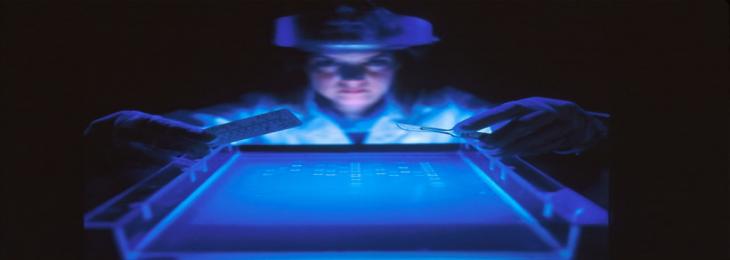May, 2021 - By WMR

A DNA repair machinery and lower chances of mutation, as of proper functioning of the above mentioned genes are the underlying mechanism for which the supercentenarians are having extended longevity and getting super protection from different age related disorders.
Aging is one of the most common factor, associated with each and every organism. Aging happens as every cell, which, make up the overall constitution of an organism, undergoes cell-cycle arrest. This cell-cycle arrest is characterized by damage or malfunctioning of DNA. However, this DNA damage is also very common in case of healthy cell, in day to day life, for which, every organism has got a DNA repairing mechanism.
Recently a scientific discovery stated that people having an extraordinary timeline of almost more than 105 years, have developed a mechanism in which their DNA repairing mechanism is more efficient than a normal healthy man.
For the first time, the genome of such people have been isolated and sequenced in such details. The sequencing data might serve as a template not only for the underlying DNA repair mechanism but also to clinical expression of several age-related diseases and their possible therapeutic outcome too.
The study was conducted, focusing on mainly two generation. First population of genome was selected from the younger age population, as these group of people tend to have lesser susceptibility towards age related disorder. And the other population of genome was taken from a group of people having life beyond 105 years. Blood samples were from all of them to analyze and sequence the whole genome.
A common genetic change was found in the age group of around 105 years, encompassing mainly two genes, STK17A and COA1. Out of these two, the STK17A expression has been increased in several areas of the body, like managing the production of Reactive Oxygen Species (ROS), cellular response to the damaging DNA and induction of the senescent cells in the apoptotic (programmed cell death) pathway. Genetic changes were also found in the gene COA1, which responsible for the energy metabolism of the body and the cell to cell contact.

We will be happy to help you find what you need. Please call us or write to us: